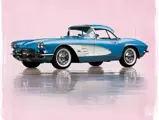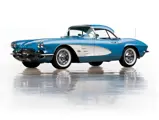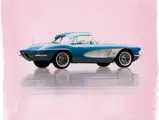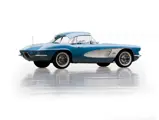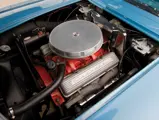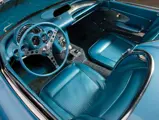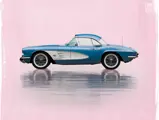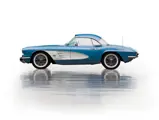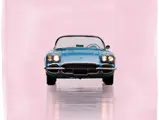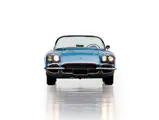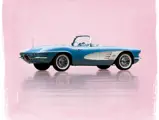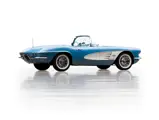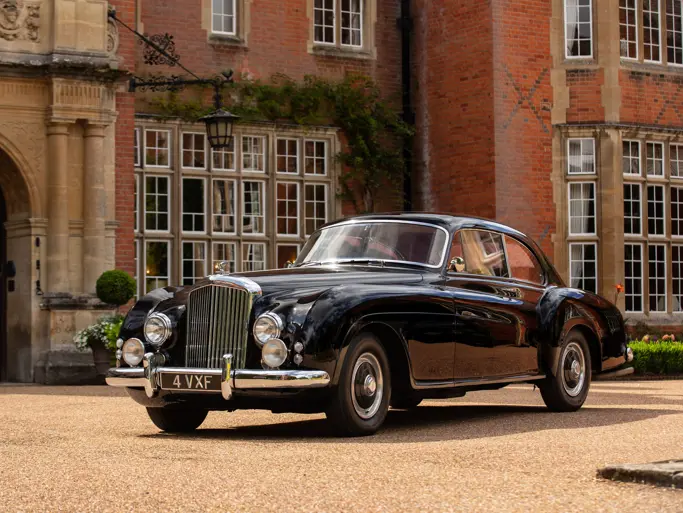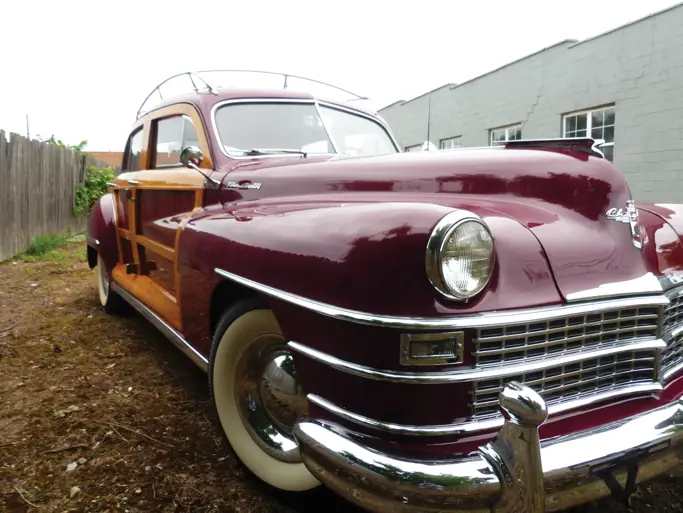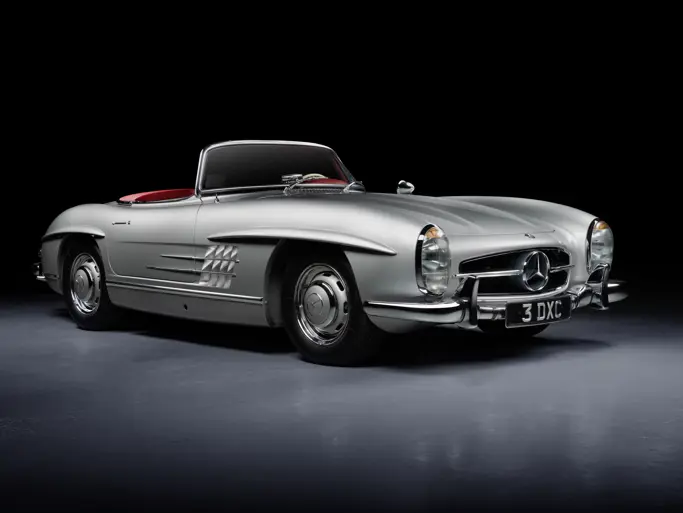The Andrews Collection
1961 Chevrolet Corvette
{{lr.item.text}}
$71,500 USD | Sold
 | Fort Worth, Texas
| Fort Worth, Texas
{{internetCurrentBid}}
{{internetTimeLeft}}

- Finished in Jewel Blue with White coves; a single-year option
- Features a matching hardtop
230 bhp, 283 cu. in. V-8 engine with a single Carter four-barrel carburetor, four-speed transmission, independent front suspension with unequal length upper and lower A-arms, coil springs, and an anti-roll bar, live rear axle with semi-elliptical leaf springs and trailing radius rods, and four-wheel hydraulic drum brakes. Wheelbase: 102 in.
By the early 1960s, the Corvette was a common sight on main streets and highways throughout America, but that did nothing to diminish the car’s appeal. It was still widely adored by almost everyone, and parking a Corvette in your garage was a dream for many hard-working Americans. It was as much a symbol of success as it was a symbol of American design and engineering. Not only was it a desirable street machine, but the Corvette was also earning victories on race tracks both at home and abroad. In short, the ‘Vette was finally coming into its own.
In terms of the first generation of Corvettes, 1961 saw a handful of important changes, with the most noticeable being the cars’ refreshed rear-end styling. It was much more angular than previous years, incorporating four taillights, and it was a design that would carry through to the second generation in 1963. The exhaust was relocated under the bumper rather than being integrated within it. The interior remained similar to Corvettes of years past, but the transmission tunnel was narrowed by 20 percent in an effort to provide more interior room. Not only would this be the final year for the Corvette’s now signature 283-cubic inch V-8 engine, but it would also be the last year for two-tone color combinations, which was a look that had come to define “America’s Sports Car” in years past.
The Andrews’s 1961 Corvette 283/230 presents very well, with its finish in Jewel Blue with White coves and its matching hardtop. The paint shines just as bright as the chrome trim, and the matching whitewalls work well with the car’s paint scheme. Inside, the car’s blue leather interior shows very few signs of wear. It is fitted with both a four-speed manual transmission and a Wonder-bar radio, which help to make it a wonderful weekend driver. It is also important to note that this Corvette still retains its matching-numbers engine.
Seemingly bridging the styling gap between the first- and second-generation Corvettes, the 1961 and 1962 models represent the end of the line for the iconic “C1” but hint at the forthcoming “Sting Ray,” which quickly became an American icon. To this day, the Corvette remains America’s iconic sports car—a car that was designed to be just as stylish as it was exciting to drive. The Andrews’s example surely won’t disappoint in any regard, and it would stand proud parked in the garage of any enthusiast that is ready to reward themselves.

